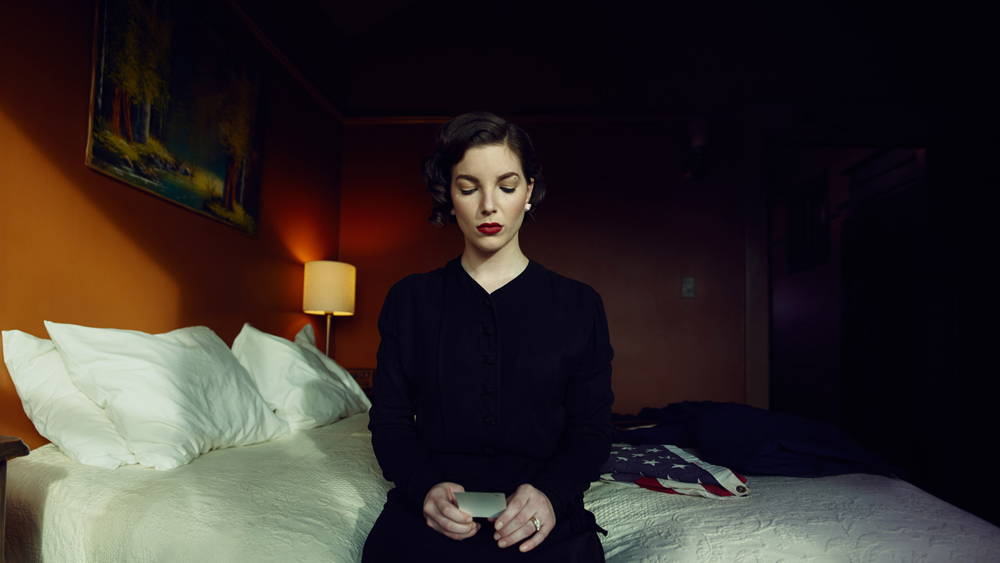The Power of a Well Told Story
Why is storytelling important? Because telling stories is how humans make meaning. The tradition goes back to the beginning of language and it’s just as important in visual traditions as it is in oral or written ones.
We all know the value of a good story. If you’ve ever enjoyed a book or movie, if you’ve ever laughed around a campfire or sat spellbound at a grandparent’s feet, you’ve felt the power of storytelling. Stories open up our minds, increase our empathy, and touch our souls in life and world-changing ways.
The ability to tell stories is one of the most powerful tools an image maker has. There are many places for storytelling in photography, but no other project is quite so suited to storytelling as the photo essay.
What is a Photo Essay?
A photo essay is a series of images that explores one topic, thought, idea, or subject. This form of storytelling allows photographers to create a visual narrative through a series of photographs, which can be accompanied by text or other storytelling elements but does not require them. The heart of a photo essay is building a story with photographs, rather than words.
Photo essays have been a mainstay in journalism for decades, but traverse genres from landscape and documentary to portraiture and fine art. Most photographers are well acquainted with photo essays like “The Great Depression” by Dorothea Lange, and more contemporary essays where portraitists photographed themselves daily or weekly over a series of years.
While the photo essay umbrella encompasses many genres and approaches, the two main types of photo essays are Thematic and Narrative.
Thematic
Thematic photo essays are created around a subject, idea, or theme. They can be very broad and cover everything from street photography in New York in the 1970’s, to Route 66 Motels. They tend to document a larger story and leave more room for interpretation.
Narrative
Narrative photo essays follow a storyline and are generally much more specific. These essays can be documentary, fine art, conceptual, or anything in between, but they tend to stick with one story from beginning to end.













War Widow: a Narrative Photo Essay by Kate Woodman
How to Create a Photo Essay
All photo essays begin with a topic, theme, or idea the photographer wants to explore, convey, or understand. Then, the photographer decides how to approach the subject. They may build a shot list, or approach the subject from a documentary standpoint and shoot the subject as they find it. Photographing these subjects can cover a lot of time, such as the study of a people group or an environment, or be completed in the short term, such as a “day in the life,” style of essay.
Once the photographer knows how they want to approach the subject, they’ll make preparations and begin shooting. Every photographer will approach this process differently, but all should keep in mind that everything in the frame will help tell the story. Therefore, it’s in the photographer's best interest to be as exacting in their approach as they would be for any other project.
The ultimate goal is to compile a series of photographs for a visual story that allows the viewer to engage with the subject matter.
- Select a topic, subject, create a story, or select a photo essay idea. There are no right or wrong answers, as long as the photographer is interested in exploring the subject or telling a story. Any idea can be a good idea if it's approached the right way.
- Consider whether a shot list is necessary. Documentarians often choose to shoot subjects as they find them, while fine artists or conceptual photographers will often create a storyline and a series of photographs to illustrate it.
- Make plans to photograph the subject. This could be as simple as grabbing a camera and heading out to a location, or as complex as building a set and scheduling several shoots over the course of months or years.
- Curate the story. Look at all the images that have been captured and decide which are the strongest, and which contribute most to telling the story or exploring the theme or idea. Remember, an essay cannot be a single image, but a single image can make or break the story.
- Present the essay. This is, possibly, the most important part of the process because how an essay is presented, and where, will be very important in determining whether the story reaches the intended audience. Consider who needs to see this story, and what venues will be best to reach that audience. This could be a simple release to one's network on social media platforms, through a gallery, a self-funded art show, or in partnership with a company that supports a specific cause.
In this video, PRO EDU Instructor Kate Woodman talks about her conceptual photo essay, War Widow, and breaks down how each visual contributes to the narrative.
Photo Essay Topic Ideas
A day in the life
30 days of my desk
Shelter Dogs of Houston
The life of a garden
Derelict Buildings
The effect of violence in the home
Homage to the old west
Historic sites
Car Salesmen
Ranch life
Retired veterans
Local events
Unplanned still lives
There are no bad ideas for an essay photo series, as long as the photographer is interested in exploring the ideas, capturing the story elements, and creating a photo story.
Conclusion
The photo essay is a powerful tool photographers can use to bring light to topics they care about, explore ideas, and hone their storytelling skills so they're better able to evoke emotion.
Essays have often been the catalyst for growth and made more than one photographer famous when the essay sparks fire to the imagination of the public. Almost every photographer in any genre can benefit from the exercise of creating a photo essay, so what’s stopping you?









